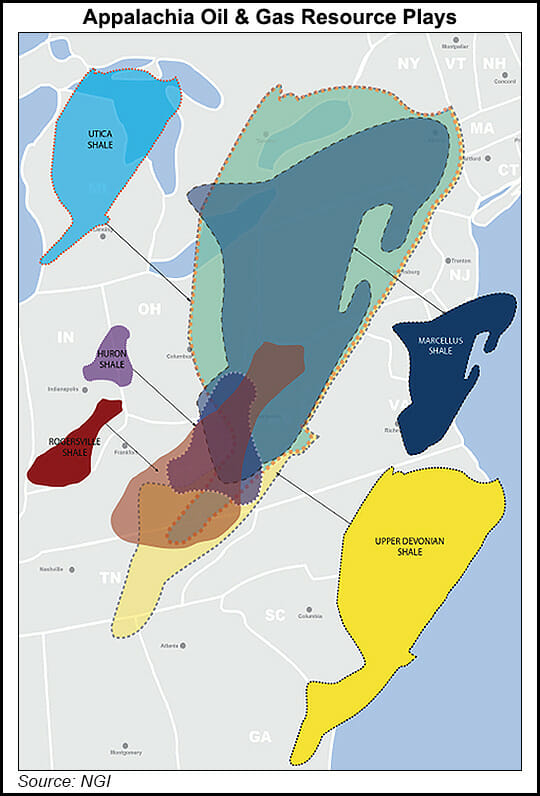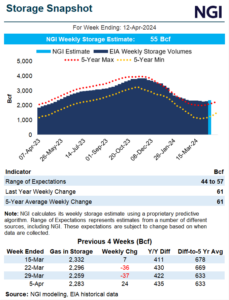Marcellus | Energy Transition | NGI All News Access | NGI The Weekly Gas Market Report
Marcellus CCS Project Wins Funding from Global Oil, Gas Firms
© 2024 Natural Gas Intelligence. All rights reserved.
ISSN © 2577-9877 | ISSN © 1532-1266 | ISSN © 2158-8023 |



